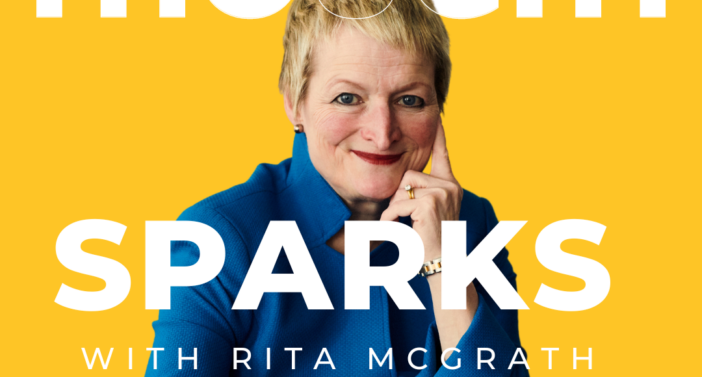
As colleague Eric Johnson has pointed out, the decision architecture – how we are brought through the decision process – has a huge impact on the decisions that are ultimately made. But, knowing that, unscrupulous or manipulative choice architects can structure decisions in a way that doesn’t favor you and lines their own pockets.

You can check out any time you like but you can never leave
Human brains are a funny thing, as Kahnemann and Tversky researched years ago. We have what you can think of as two systems going on in our brains – one is fast thinking. That’s our normal default. Thinking quickly makes sense when the choice is routine, the consequences are minimal and the decision is reversible. But for situations where those rules don’t apply, we need what they call System 2 thinking, or slow thinking. These are for situations involving high uncertainty, big commitments and where the results are irreversible. You can see what this means by watching my Friday Fireside Chat with Danish geographer Bent Flyvbjerg.
Here’s the thing – all that slow brainpower is expensive, energy-wise. It leaves us feeling depleted. It can feel as though we’re not making progress. And it requires patience, as well as the willingness to face uncertainties and assumptions honestly. So when we are faced with a decision that seems effortful, we might very well avoid it.
Entities that enjoy rich flows of subscription revenue have figured this out and take advantage of our human unwillingness to make an extra effort to accomplish a goal. In this case, they make it super easy (“Just One Click!) to sign up for a subscription and brutally difficult to cancel it.
How they make it hard
Why this works is that these companies know we’re likely to check something out if it is easy and likely to avoid doing it if it is hard. So they throw obstacles in the way.
Some require you to call a call center to cancel, where staff then try to upsell you (looking at you, most cable companies). Some won’t even answer the phone and have their staff call you at weird unscheduled times (my experience trying to cancel a Microsoft Azure subscription someone else had opened for me). Some don’t even provide a phone number! And of course there is the transferring you from one person to another to accomplish something you would think should be easy.
The Federal Trade Commission is starting to be more aggressive about tamping down on these practices. In 2020, an online children’s education company (that operates on a subscription basis) had to pay $10 million in fines due to a variety of misrepresentations and confusing language that auto-renewed people’s subscriptions without making it easy to stop them. Weight loss app Noom “provided no phone number, no email address or mailing address, and no way for customers to cancel their trials through its app or website, except through a chat bot that directed them to cancel in the App Store or Google Play Store” according to one observer and had to cough up $62 million in a settlement.
It turns out that complaints about how hard it is to cancel a subscription are one of the top complaints to the Federal Trade Commission!
This phenomenon is so widespread that the ultimate arbiter of all things absurd in our culture, Saturday Night Live, made a skit about it.
But all that may be about to change
The Federal Trade Commission is considering new regulations that would level the sign up versus cancel playing field. Called “click to cancel,” the idea is that it should be as easy to extract yourself from a subscription you no longer want as it was to sign up for it in the first place.
It’s part of the FTC’s “Negative Option Rule.” Basically the FTC is saying that companies can’t assume a customers’ silence means consent to buy something or to continue paying for something. As their brief on the subject says, “Negative option marketing generally falls into four categories: prenotification plans, continuity plans, automatic renewals, and free trial (i.e., free-to-pay or nominal-fee-topay) conversion offers.”
In all these cases, marketers are using their understanding of human psychology to tilt the playing field toward continuing the service. In this specific case, the FTC would make it illegal for companies to require a consumer to call them to cancel if the same consumer could easily buy that subscription on their website.
As an article reports, “The FTC said the click-to-cancel rule would require sellers “to make it as easy for consumers to cancel their enrollment as it was to sign up,” and “go a long way to rescuing consumers from seemingly never-ending struggles to cancel unwanted subscription payment plans for everything from cosmetics to newspapers to gym memberships.”
Dark Patterns may be next
As I’ve written elsewhere, bad actors can also create what are called “dark patterns” in which they use their understanding of our psychology to manipulate us into taking an action that is counter to our own best interests.
Now that the FTC is tackling the difficulty of cancellation, perhaps they will turn their attention to other dark patterns that do consumers harm.
